Wildlife safari conservation has become increasingly important as many people have started to travel to exotic and out of the way places to see nature at its best. After the pandemic many people wanted to travel around nature and wildlife safari has become one of the popular places for tourists. The impact of tourism on wildlife can be significant, and it is important to ensure that there are sustainable tourism practices in order to preserve the natural environment and its inhabitants. In this blog, we will explore the importance of wildlife safari conservation, unsustainable tourism practices, sustainable tourism practices, also examples of successful sustainable tourism initiatives, challenges and solutions, and conclude by summarizing the impact of sustainable tourism on wildlife safari conservation.
Importance of Wildlife Safari Conservation
Conservation on wildlife safaris is essential to the preservation of the natural environment and the protection of threatened species. Tourism can be a significant source of revenue for conservation efforts when carried out sustainably however, when carried out in an unsustainable manner, it can have a devastating effect on wildlife. For instance, unregulated tourism can result in increased poaching, overuse of natural resources, and the destruction of habitats. In many parts of the world, the decline in wildlife populations has been primarily attributed to the destruction of habitats by humans. As a result, any sustainable tourism initiatives must give conservation of wildlife on safari top priority.
Unsustainable Tourism Practices
Wildlife, their habitats, and local communities can all be significantly impacted by unsustainable tourism practices. Overcrowding, off-road driving, feeding animals, and littering are all examples of unsustainable tourism practices. Wildlife and their natural behavior can be disrupted, habitats can be damaged, and invasive species can spread. Additionally, unregulated tourism can harm local communities’ health and well-being as well as the environment. To lessen the impact of tourism on the natural environment and local communities, sustainable tourism practices must be promoted.
Sustainable Tourism Practices
Sustainable tourism practices are those that minimize the negative impact of tourism on the environment, culture, and economy of a destination. Initiatives for sustainable tourism seek to strike a balance between conservation, economic growth, and social well-being. These practices include advancing eco-accommodating facilities, supporting neighborhood organizations, monitoring normal assets, decreasing waste and fossil fuel byproducts, and teaching sightseers on capable travel conduct. We can contribute to the long-term viability of the wildlife safari industry by following sustainable tourism practices, preserving natural resources, and supporting the local communities.
Examples of Successful Sustainable Tourism Initiatives
Satpura National Park in India is one of the best examples of a successful sustainable wildlife tourism initiative. The park is located in Madhya Pradesh and is known for its diverse wildlife, including tigers, leopards, Indian bison, and various species of deer and antelope.
The park has taken a number of steps to ensure that tourism is sustainable and doesn’t hurt the wildlife or the environment. For example, the park has a limited number of vehicles allowed inside the park at any given time, which helps reduce pollution and disturbance to the animals. Satpura National Park offers a number of eco tourism activities that allows visitors to experience the wildlife and nature in a sustainable manner. These activities include refraining from feeding the animals or littering, among other things. These activities include camping in designated areas, bird watching, and guided nature walks.
In addition, Satpura National Park offers several eco tourism activities that allow visitors to experience the wildlife and nature in a sustainable manner. These activities include nature walks with guides, birdwatching, and camping in designated areas.
Other examples of successful sustainable wildlife tourism initiatives in India include:
- Periyar Tiger Reserve in Kerala, which offers guided nature walks, boat safaris, and elephant rides that are carefully managed to minimize the impact on the environment and the animals.
- Bandhavgarh National Park in Madhya Pradesh, which has implemented measures to reduce human-wildlife conflicts, such as relocating villages outside the park boundaries and providing alternative livelihoods to local communities.
- Ranthambore National Park in Rajasthan, which has a strong focus on conservation and research, and offers visitors the opportunity to participate in conservation activities such as tiger tracking and camera trapping.
Challenges and Solutions
Irrespective of the advantages of projects for sustainable tourism, there are always issues that need to be resolved. The lack of awareness among tourists of the significance of sustainable tourism practices is one of the main problems. Many travelers may not give sustainability first priority while planning their trips. Because they are unaware of the detrimental effects of unsustainable tourism activities. additionally, it’s possible that local communities lack the funding or assistance needed to put sustainable tourism practices into place. However, there are ways to overcome these difficulties, such as boosting tourist education and awareness campaigns, offering financial incentives to local communities to adopt sustainable tourism policies, and encouraging accommodations and tour operators to obtain sustainable tourism certifications.
Conclusion
For the long-term conservation of wildlife and its habitats, wildlife safari protection is important. While also helping the local community economically, sustainable tourism methods could help to reduce the harmful impact of tourism has on species and their environments. The ability for sustainable tourism to support conservation efforts is proven by successful sustainable activities. However, challenges such as lack of regulation and education need to be addressed to ensure the success of sustainable tourism practices.





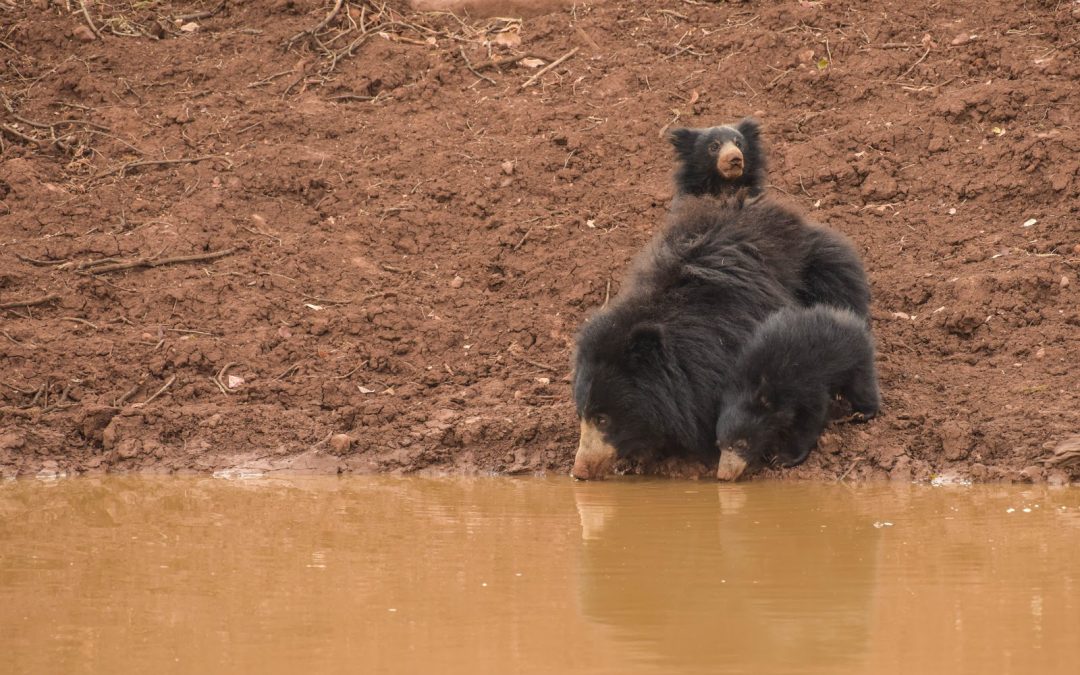
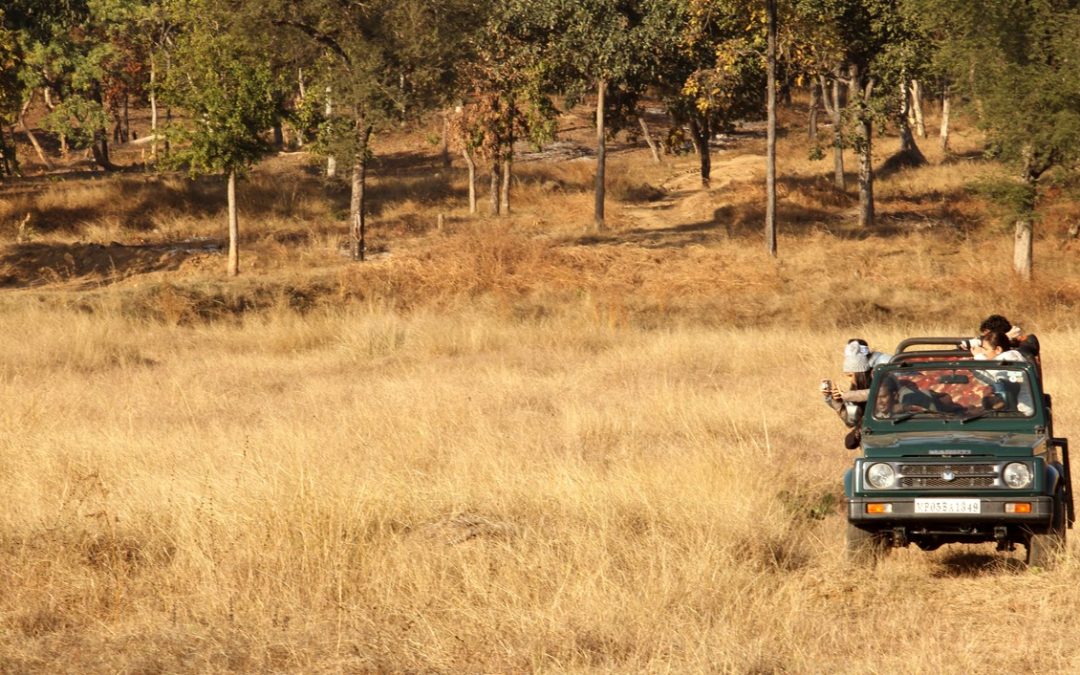

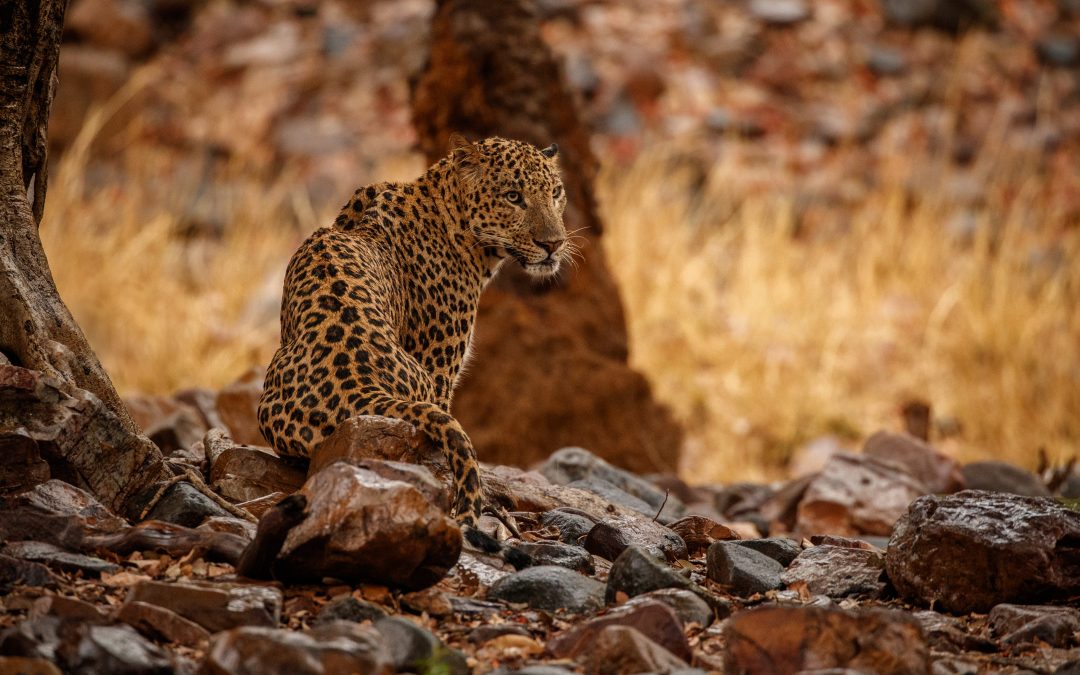
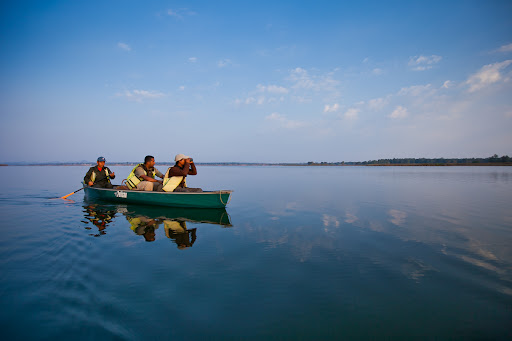


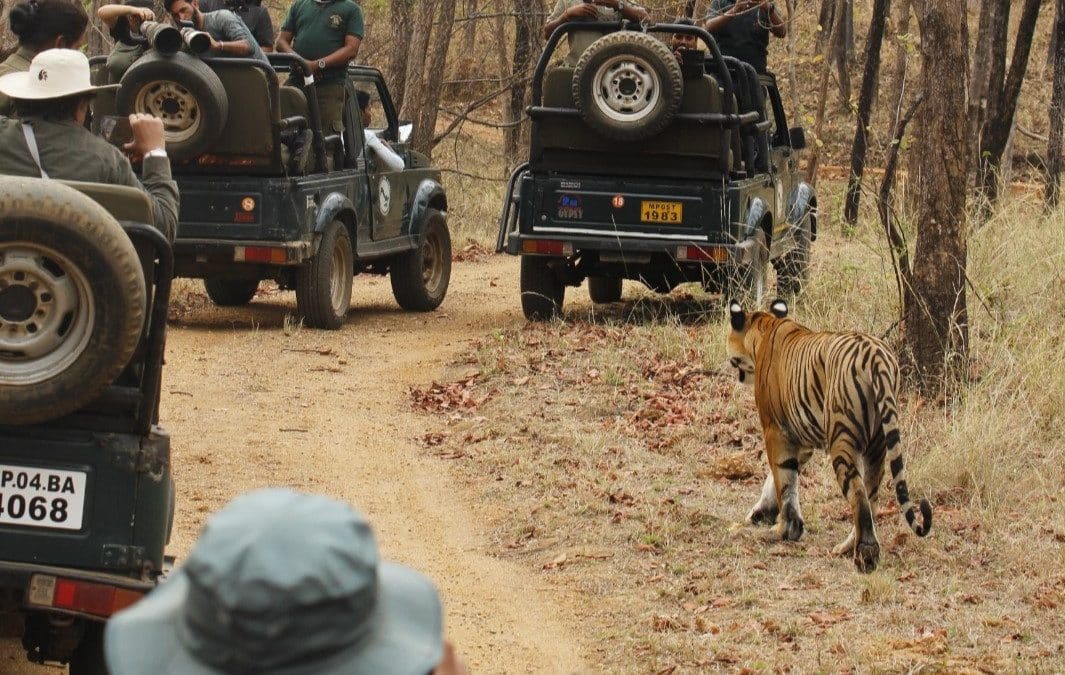
Recent Comments